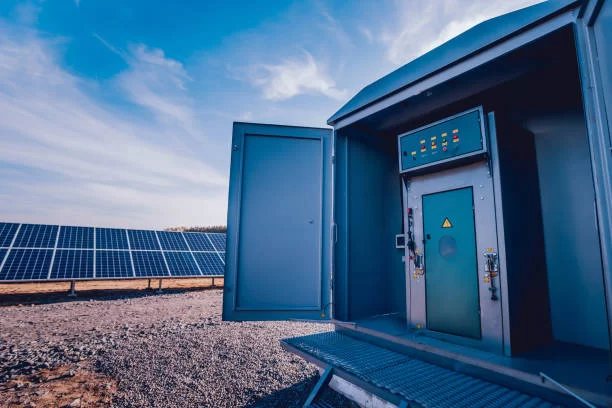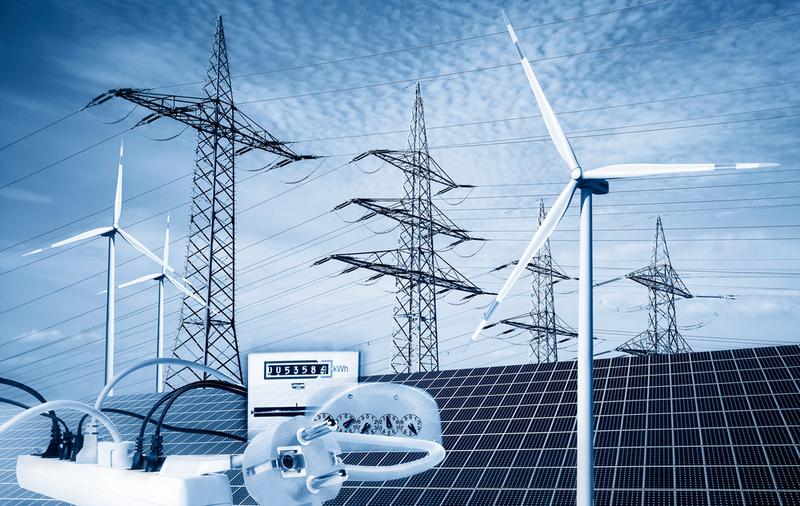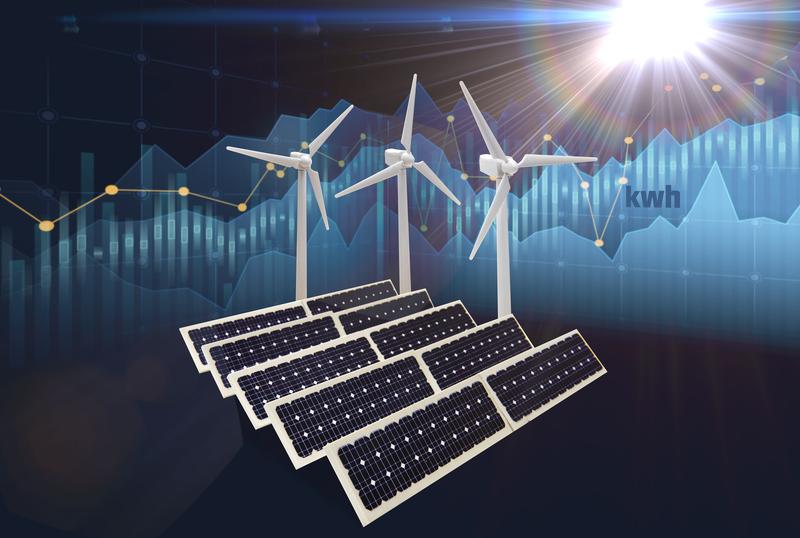Grid-Scale Energy Storage for Emergency Backup and Grid Resilience
As the global energy landscape is consolidating, with a prime focus on renewable sources, grid-scale energy storage systems become increasingly important in today’s world. These are crucial systems for securing grid resilience invoked when there are unexpected outages or surges in demand. In a world where weather events become increasingly unpredictable and power needs continue to surge, the drive for grid-scale energy storage is no longer an option but an imperative.

The Role of Grid-Scale Energy Storage in Emergency Backup
Energy storage at grid-scale becomes the crucial safety net in case of any kind of natural disaster or sudden outage or malfunction of a system. These systems store excess energy during periods of low demand, releasing it when actually needed, and thus provide critical backup power for hospitals, communication systems, and infrastructure. Consider these the ultimate “Plan B” for the power grid-stepping in where traditional supply falters.
It is not just a case of keeping the lights on. These systems can ensure grid stability, smoothing out voltage fluctuations even during disturbances. Energy storage prevents cascading failures during conditions like heatwaves or storms that put extreme pressure on power grids, with large-scale blackouts a frequent result.
Strengthening Grid Resilience with Energy Storage
Resistance and the capability of withstanding and recovering from adverse events are the features that define grid resilience. Due to our increasing reliance on intermittent renewable energy sources such as solar and wind, the need for grid resiliency has increased. A grid-scale battery or storage system can smoothen out the supply-demand mismatch that typically happens with renewables. These systems make the grid more predictable because they store excess energy generated when the sun is shining or the wind is blowing and dispatch it when demand spikes.
In Texas, for example, since the failure of the grid in 2021 due to extreme winter weather, there has been a rethink toward large-scale energy storage to make sure that if renewables such as wind farms dip in output, the grids could still meet demand. With the implementation of more systems of energy storage on a grid scale, could such failures be halted?
Case Study: Hornsdale Power Reserve in Australia
In fact, the Hornsdale Power Reserve in South Australia is a shining example of the effectiveness at grid-scale energy storage. That said, this may be more popularly known as the “Tesla Big Battery.” Indeed, this 100 MW/129 MWh battery storage facility has already been instrumental in keeping the grid at stable conditions and acting as back-up power during outages. Only several months into its installation, it responded to a major power failure that helped prevent what might have been a prolonged blackout. The Hornsdale facility has become a model for grid storage systems around the world, supplying rapid and efficient energy at demand surges.
Current Trends and Technologies
Grid-scale energy storage is fast developing. The market is also diversifying, from traditional lithium-ion batteries to up-and-coming technologies like flow batteries and flywheel energy storage. For instance, flywheels provide a very quick response time, something quite important for the stability of the grid. Though they do not offer as much in terms of stored energy compared to batteries, they can discharge energy at a very fast speed, making them ideal for frequency regulation.
DERs, microgrids, and smart grid technologies are upsurge, which in turn enhances integration of energy storage into the grid. Nowadays, VPPs are being implemented in which many systems of energy storage are used collectively to give large-scale grid support.
FAQs
How does grid-scale energy storage benefit renewable energy integration?
By storing excess renewable energy and dispatching it during peak demand, grid-scale energy storage ensures a steady power supply even when renewable sources like solar and wind fluctuate.
Can energy storage systems prevent blackouts?
Yes, by providing backup power and stabilizing voltage levels during grid disruptions, energy storage systems can help prevent widespread blackouts.
What are some challenges of implementing grid-scale energy storage?
The main challenges include high upfront costs, regulatory hurdles, and the need for advanced grid management technologies to optimize storage use.



